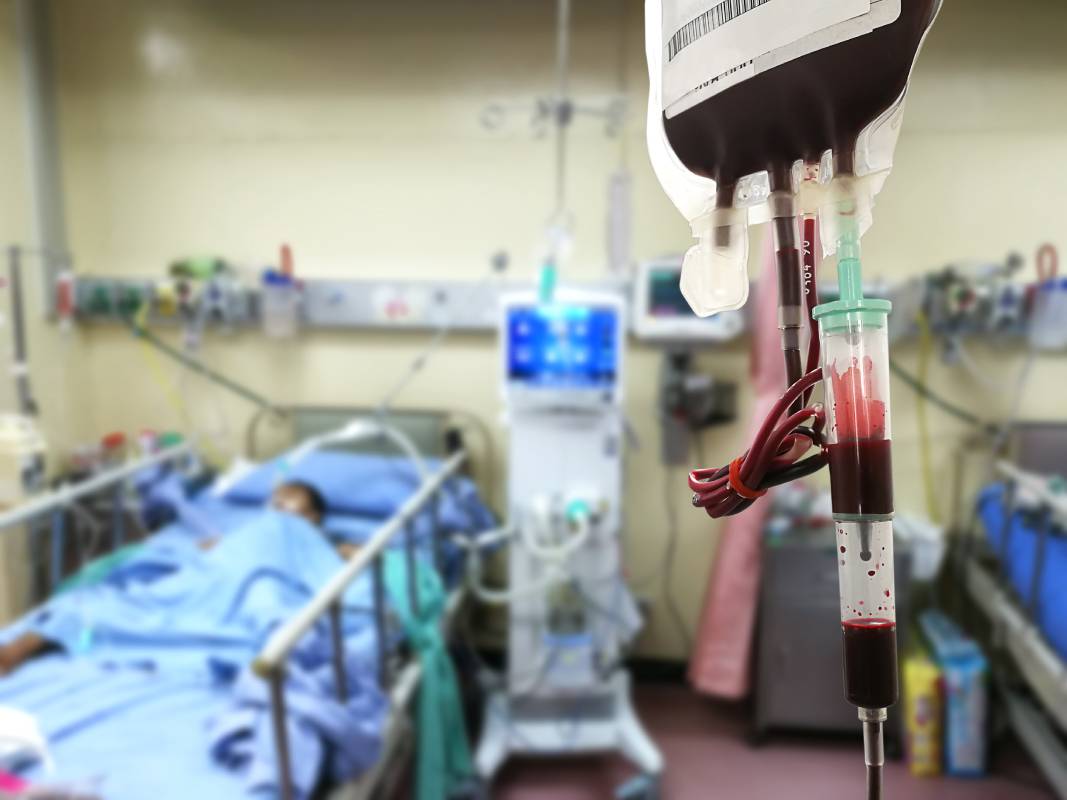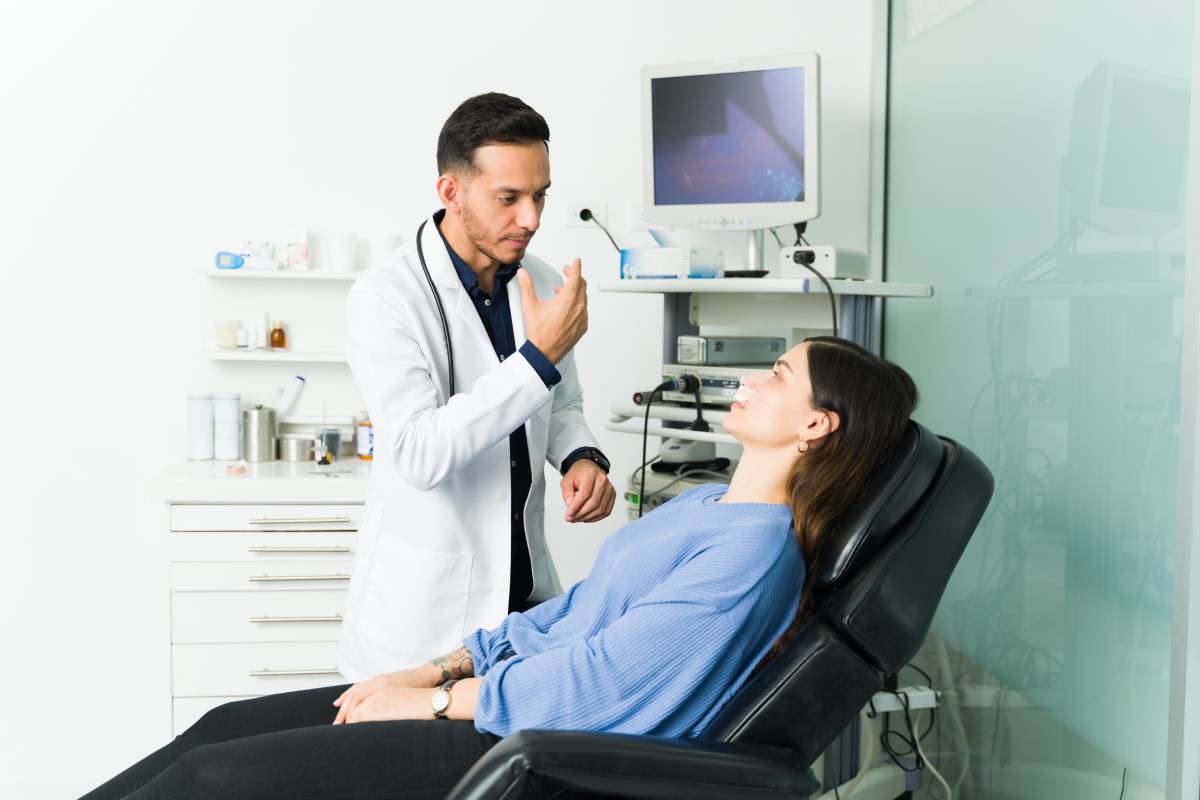Early Mobilization After Surgery
Recovery after surgery is a journey that involves more than just the healing of incisions and wounds. Early mobilization, the practice of initiating movement and activity as soon as is reasonable after surgery, has been found to play a crucial role in enhancing recovery outcomes and promoting overall well-being. More practices and healthcare providers are adopting early mobilization after surgery into their protocol.
Early mobilization involves getting patients up and moving as soon as it’s deemed safe after surgery. This may include sitting on the edge of the bed, standing, walking short distances, and engaging in gentle exercises. The goal is to counteract the potential negative effects of prolonged bed rest and promote a faster return to normal daily activities.
1Prolonged immobility can lead to various complications, including blood clots, respiratory issues, and muscle weakness. Early mobilization helps prevent these complications by improving blood circulation, maintaining respiratory function, and preserving muscle strength. Actively engaging in movement is found to accelerate the recovery process. Early mobilization helps reduce postoperative pain, enhance joint flexibility, and promote a quicker return to baseline functioning, allowing individuals to regain independence sooner.
Immobility increases the risk of infections, particularly in surgical wounds. By encouraging early mobilization, healthcare professionals aim to minimize the time patients spend lying in bed, decreasing the likelihood of infection and promoting optimal wound healing. Being mobile and actively participating in one’s recovery can also have positive effects on mental health. Early mobilization fosters a sense of accomplishment, independence, and control over the recovery process, contributing to overall psychological well-being.
The timing and intensity of early mobilization depend on the type of surgery, individual patient factors, and the recommendations of the healthcare team. In many cases, mobilization begins within the first 24 to 48 hours after surgery. Even for individuals who have undergone major procedures, healthcare professionals may initiate activities such as sitting on the edge of the bed or moving the limbs to prevent stiffness and muscle atrophy.
While early mobilization is generally beneficial, certain factors may limit the extent of movement after surgery. Healthcare providers must carefully assess each patient’s case to determine the most appropriate and safe early mobilization plan.
There are several general tips that can improve recovery. Adhering to the guidance of healthcare providers is essential. They will provide specific instructions based on the surgery performed, individual health status, and any potential limitations.Patients should also move gradually. Early mobilization doesn’t have to involve intense physical activity immediately. Starting with simple movements, such as sitting up or standing with assistance, gradually progressing to walking, is a prudent approach.
Proper hydration supports overall well-being and can aid in preventing complications. Adequate fluid intake contributes to improved circulation and helps maintain organ function during the recovery period.Finally, in some cases, healthcare providers may recommend the use of assistive devices, such as walkers or canes, to ensure stability and safety during early mobilization.
Early mobilization after surgery is a valuable aspect of the recovery process, contributing to better outcomes and a smoother return to daily activities. By embracing movement early on, individuals undergoing surgery can actively participate in their recovery, mitigate the risk of complications, and experience a more positive and empowering journey back to health. As always, individuals should consult with their healthcare providers to tailor an early mobilization plan that aligns with their specific medical condition and surgical experience.
Immediately following an upper endoscopy, a patient will not be allowed to eat or drink anything until their gag reflex returns in order to prevent choking. A patient may also experience a sore throat and pain for a few days when swallowing, which is also normal. Individuals may feel gassy after the procedure. These side effects are typically minor after an upper endoscopy and resolve on their own.
Upper gastrointestinal endoscopy may rarely lead to more serious side effects. These include infection, bleeding, a tear in the tissue, and an adverse reaction to anesthesia administered during the procedure.
Infection
In rare cases, an upper endoscopy can incur a nosocomial infection. Most endoscopies consist of an examination and biopsy, with a low risk of infection. However, the risk of infection increases when additional procedures are carried out as part of the endoscopy. This said, most infections are minor and can be treated with antibiotics. A patient’s provider may also prophylactically administer antibiotics prior to the procedure for patients who are at a known higher risk of infection.
Bleeding
Rarely, an upper endoscopy can result in bleeding. The risk of bleeding complications after an endoscopy increases if the procedure involves removing a piece of tissue for testing (e.g. in the form of a biopsy) or treating a digestive system problem; in the rarest of cases, such bleeding may warrant a blood transfusion.
Tear of the gastrointestinal tract
A tear in the lining (perforation) of the duodenum, esophagus, or stomach is also one of the more serious but rare side effects that can result from an upper endoscopy. A tear in the esophagus or another part of the upper digestive tract may require hospitalization and surgery in some cases. The risk of this complication remains very low, affecting an estimated 1 in every 2,500 to 11,000 diagnostic upper endoscopies, but the risk increases if additional procedures (like a dilation of the esophagus) are performed. In severe cases, a doctor may need to perform surgery to treat some complications.
A reaction to sedation or anesthesia
Upper endoscopy is usually performed with anesthesia, such as conscious sedation. There is a very small risk of a reaction to sedation or anesthesia.
It is important for patients, should more serious side effects occur, to contact a healthcare professional if they experience 1) fever or chills, 2) redness, swelling, or bleeding, 3) stomach pain, nausea, or vomiting, 4) black, tarry, or bloody stool, 5) difficulty swallowing, or 6) throat or chest pain that is steadily worsening. A healthcare professional may provide specific instructions, depending on the situation. A patient may further have other risks that are unique to the individual. It is important to discuss any concerns with one’s healthcare provider prior to the procedure.
References
1. Upper endoscopy – Mayo Clinic. Available at: https://www.mayoclinic.org/tests-procedures/endoscopy/about/pac-20395197. (Accessed: 2nd October 2023)
2. Upper GI Endoscopy – NIDDK. Available at: https://www.niddk.nih.gov/health-information/diagnostic-tests/upper-gi-endoscopy. (Accessed: 2nd October 2023)
3. Upper GI Endoscopy | Johns Hopkins Medicine. Available at: https://www.hopkinsmedicine.org/health/treatment-tests-and-therapies/upper-gi-endoscopy. (Accessed: 2nd October 2023)
More From The Blog

Role of Anesthesiologists in Patient Blood Management
Patient blood management is an evidence-based, multidisciplinary approach aimed at optimizing the care of patients who require a blood transfusion. It focuses on minimizing blood

Common Adult ENT Procedures in the Outpatient Setting
A number of Ear, Nose, and Throat (ENT) procedures can be performed in outpatient settings. These procedures are typically minimally invasive, allowing patients to return home the same day without the need for extended recovery in a hospital.